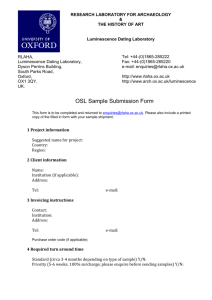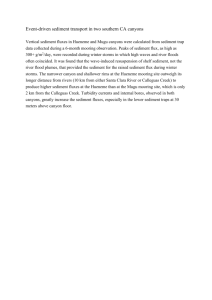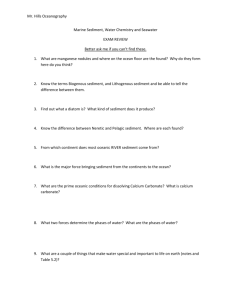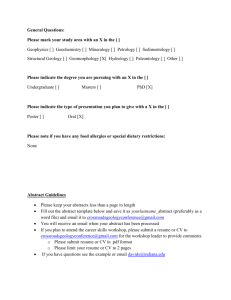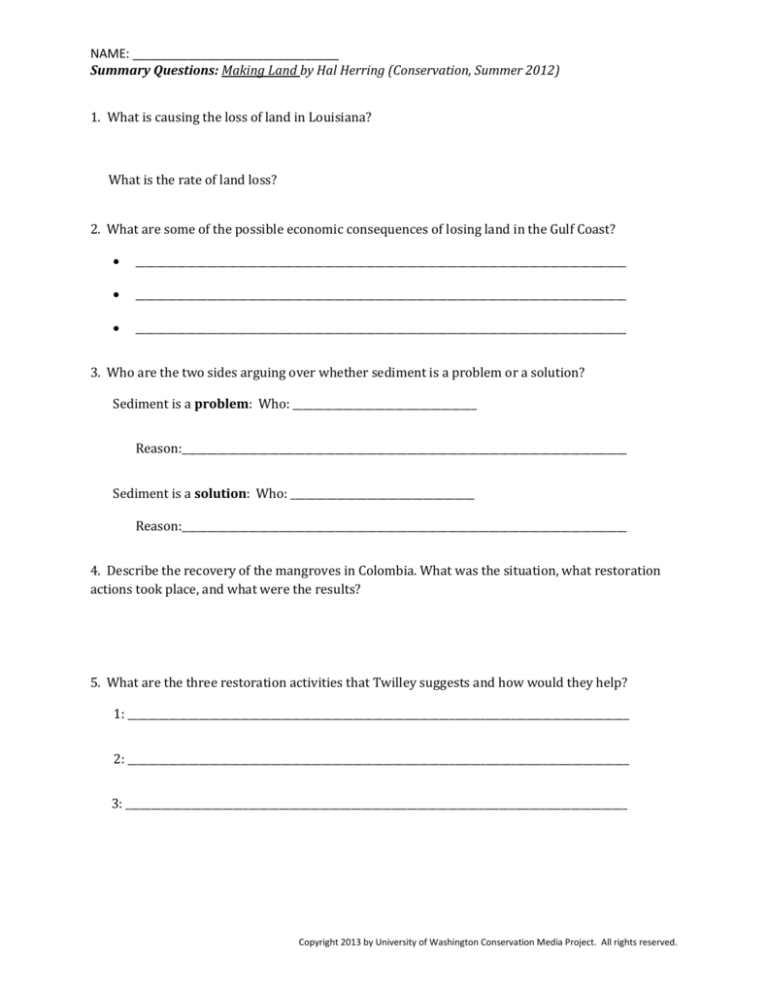
NAME: ______________________________
Summary Questions: Making Land by Hal Herring (Conservation, Summer 2012)
1. What is causing the loss of land in Louisiana?
What is the rate of land loss?
2. What are some of the possible economic consequences of losing land in the Gulf Coast?
________________________________________________________________________________________________
________________________________________________________________________________________________
________________________________________________________________________________________________
3. Who are the two sides arguing over whether sediment is a problem or a solution?
Sediment is a problem: Who: ____________________________________
Reason:_______________________________________________________________________________________
Sediment is a solution: Who: ____________________________________
Reason:_______________________________________________________________________________________
4. Describe the recovery of the mangroves in Colombia. What was the situation, what restoration
actions took place, and what were the results?
5. What are the three restoration activities that Twilley suggests and how would they help?
1: __________________________________________________________________________________________________
2: __________________________________________________________________________________________________
3: __________________________________________________________________________________________________
Copyright 2013 by University of Washington Conservation Media Project. All rights reserved.
ANSWERS:
Summary Questions: Making Land by Hal Herring (Conservation, Summer 2012)
1. Part one: Dikes and levees, designed to contain floods, block the flow of sediment.
Part two: Each year, 44 square km of marshland becomes open water, barrier islands recede
by an average of 20 meters.
2. 40% of America’s seafood harvest comes from there, human communities lose land, cargo
infrastructure lost.
3. One side: Shipping industry which views sediment as a problem – they need to spend lots of
money to dredge shipping canals and moving the sediment out to the ocean. Other side:
Wetland scientists who think sediment is the solution to vanishing marshlands.
4. Salt water had invaded the fresh-water zones to the point of wide-spread mangrove death. The
levees were taken down, allowing the river to occupy part of the floodplain again, the
mangroves immediately recovered.
5. 1. More spillways such as the Bonnet Carré to bring sediment downstream during floods, 2.
move the main navigation channel away from the deep-sea trench so that we don’t lose the
sediment, and 3. Move the excess sediment in the west over to the east.
Copyright 2013 by University of Washington Conservation Media Project. All rights reserved.









